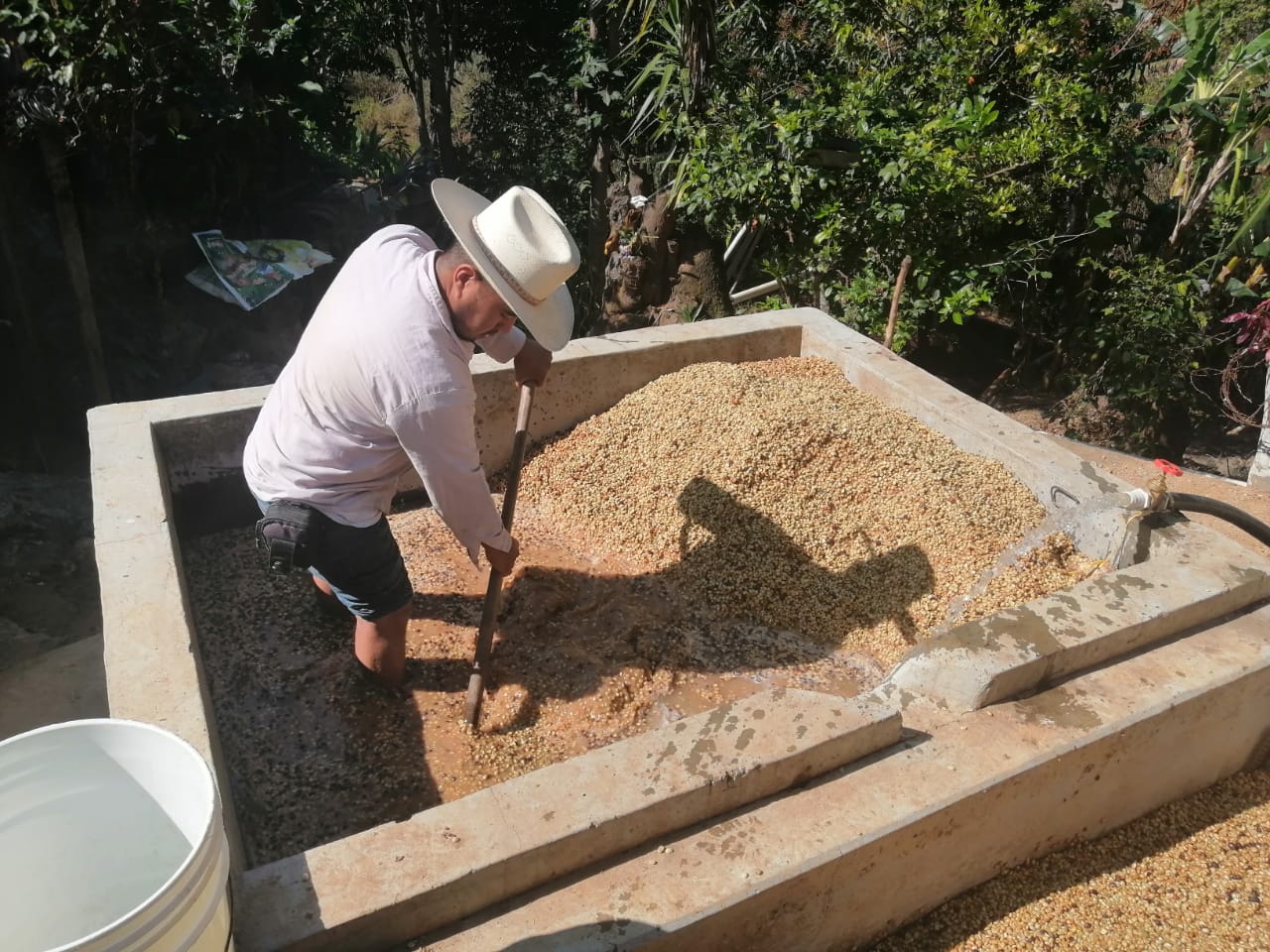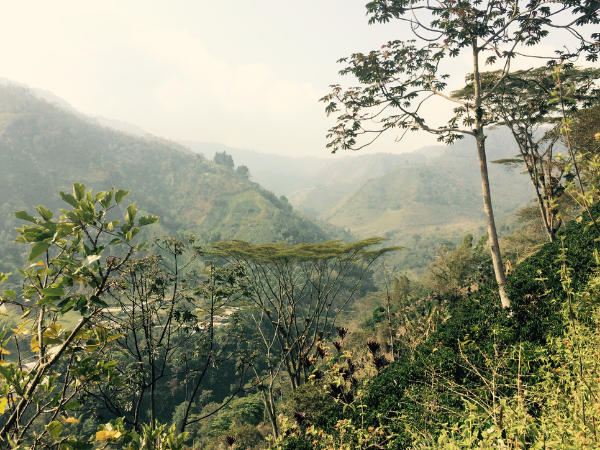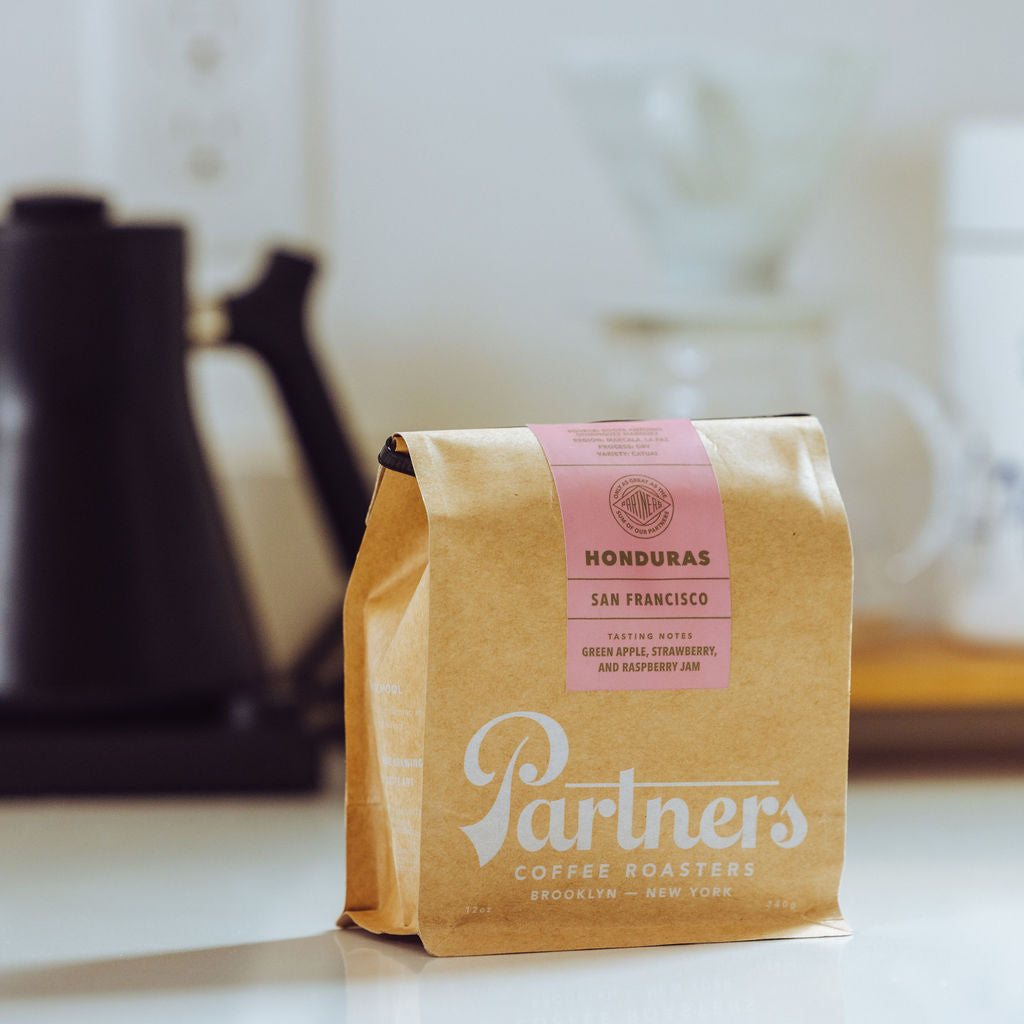Our first offering from Mexico in quite some time, Mexico - Finca Teresa is a crowd pleaser, perfect for fans of Brooklyn and Elevate. Expect a super drinkable cup with notes of graham cracker, caramel, pear, and key lime. And with milk, delicious flavors of chocolate, almond, coconut, and cappuccino ice cream.

History of Mexican Coffee
Coffee was first planted in Mexico around 1790, but it didn't become commercially significant until the late 19th century. Early coffee production here was associated with haciendas, large plantation-style farms.
The Mexican Revolution of 1910-1920 resulted in reforms that dismantled haciendas and redistributed land to peasant laborers—many of whom decided to use their new skill set to continue to cultivate coffee on a much smaller scale. This helped form the structure of Mexican coffee production today, with the overwhelming majority of farmers producing coffee on small plots of a few hectares at most.
In 1973 the Mexican government established INMECAFE (Instituto Mexicano del Café) to regulate and promote its growing coffee sector. Besides providing technical assistance to farmers, INMECAFE negotiated and enforced export quotas in collaboration with other coffee-producing countries. The goal of this was to ensure a steady, predictable global coffee supply, and therefore a stable and predictable price.
But growing pressure toward trade liberalization led the Mexican government to dismantle INMECAFE in the early 1990s. This change forced Mexico's coffee producers to find new ways to bring their coffee to market. A common option that persists today was to sell to coyotes or middlemen, typically the lowest-paying but most easily accessible buyer.


The Finca Teresa Group
An alternative, which Mexico's coffee producers have widely embraced, is cooperative style coffee production. Cooperatives allow producers to gain better access to resources, but also to exert some semblance of control over how their coffee production is consolidated for export—preventing it from being blended away into lower quality, untraceable lots. Certified organic cooperatives have been especially successful in Mexico (one of the reasons we've taken interest in forging new relationships here!).
Finca Teresa refers not to a single farm, but to a collection of farms that are organized in such a manner. The group formed in 2015 in response to a period of low prices, believing that by banding together, they could promote their coffee's good quality and therefore access specialty markets.
The producers of Finca Teresa selectively hand-pick their coffee and process it using either hand-cranked or small electrical depulpers. Once the pulp is removed, the coffee is fermented and washed in plastic or concrete tanks. Afterwards the resulting parchment coffee is moved to raised platforms for drying—common practice in parts of Colombia, Ethiopia, and East Africa, but fairly rare in Mexico. Once the coffee reaches 12% moisture, a round of visual sorting is performed, then the finished coffee is sent to Exportadora de Café California (our export partners for this lot) for dry milling.

Finca Teresa's membership consists of mostly indigenous farmers located in the region of Villa Corzo, Fraylesca, Chiapas, mostly near the small town of Sierra Morena. The region has some of the highest elevations in Mexico where coffee production is possible. The road to the highlands is steep and rough, and producers typically transport their coffee on the backs of mules and cows.
Villa Corzo is in the buffer zone of El Triunfo Biosphere Reserve, a vast ecological reserve famous for its diverse plant species and wildlife. El Triunfo protects two of Mexico's most threatened ecosystems, evergreen cloud forests and tropical humid rainforest. Its watersheds, between the Pacific coast and Grijalva-Usumacinta River, capture 10% of Mexico's total rainfall. The reserve is home to 18 endemic terrestrial vertebrates, at least 588 species of butterflies, and 381 species of birds, including the majestic resplendent quetzal!
Ready for a cup of excellence?
Tasting Notes:
Pear, Caramel, and Graham Cracker
Tasting Notes:
Pear, Caramel, and Graham Cracker
Producers:
57+ small-scale producers
SOURCE:
Source:Productores Agroecologicos de Villacorzo, Sociedad de Producción de Responsabilidad Ilimitada








Leave a comment
This site is protected by hCaptcha and the hCaptcha Privacy Policy and Terms of Service apply.